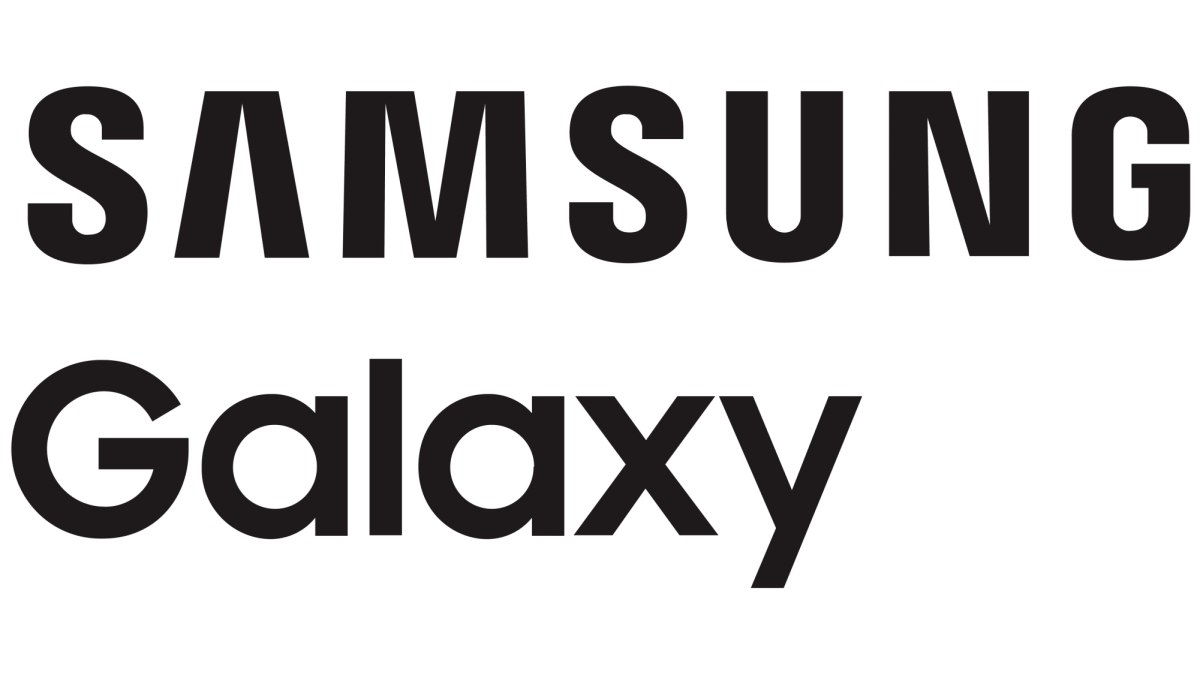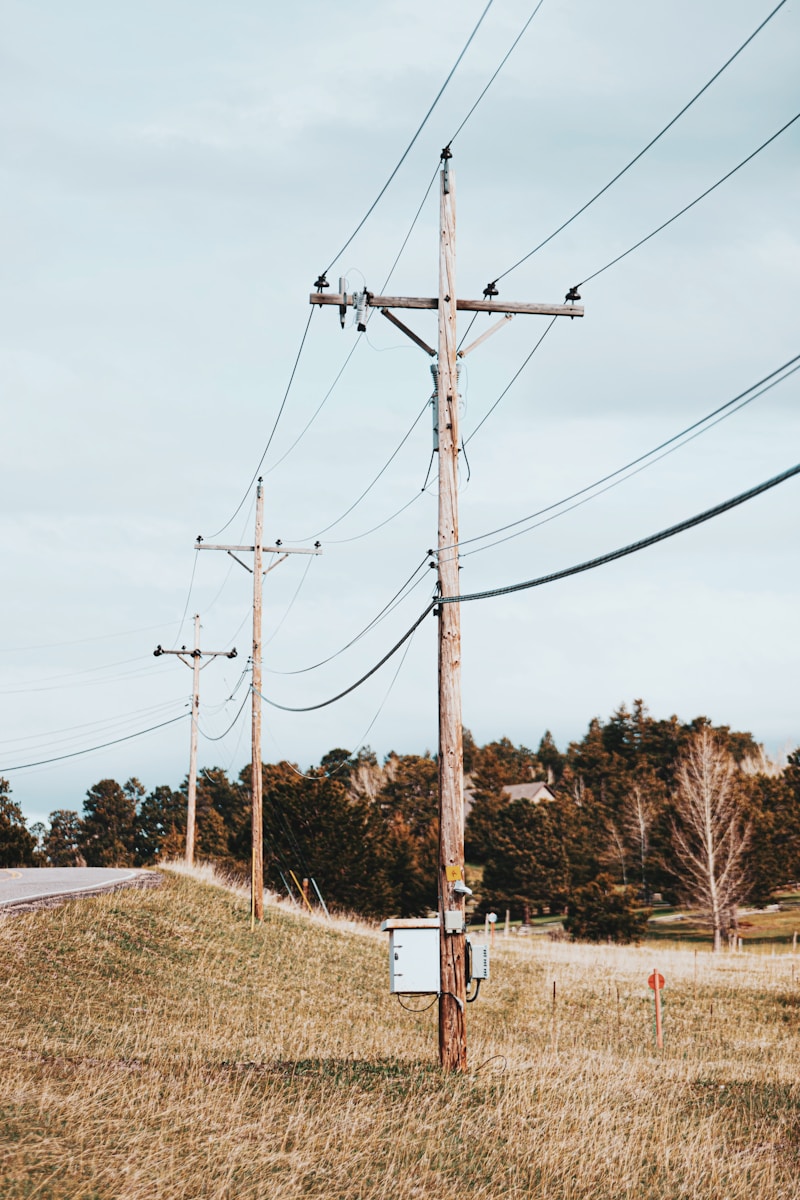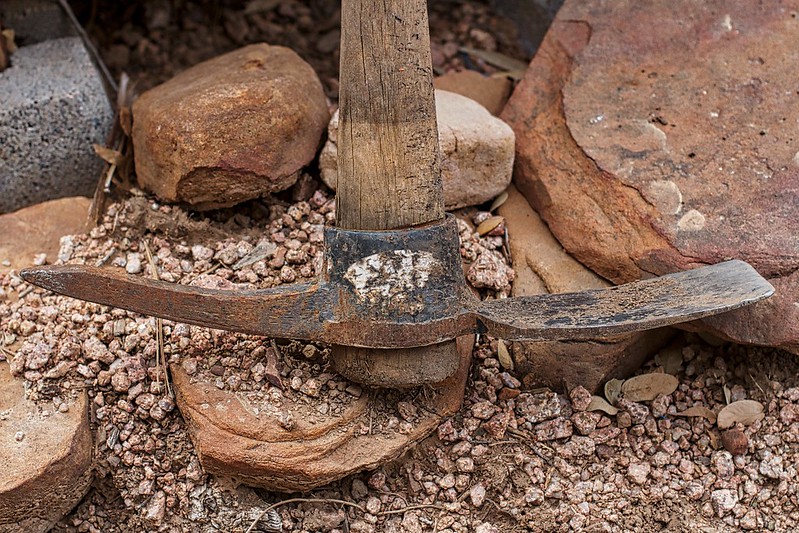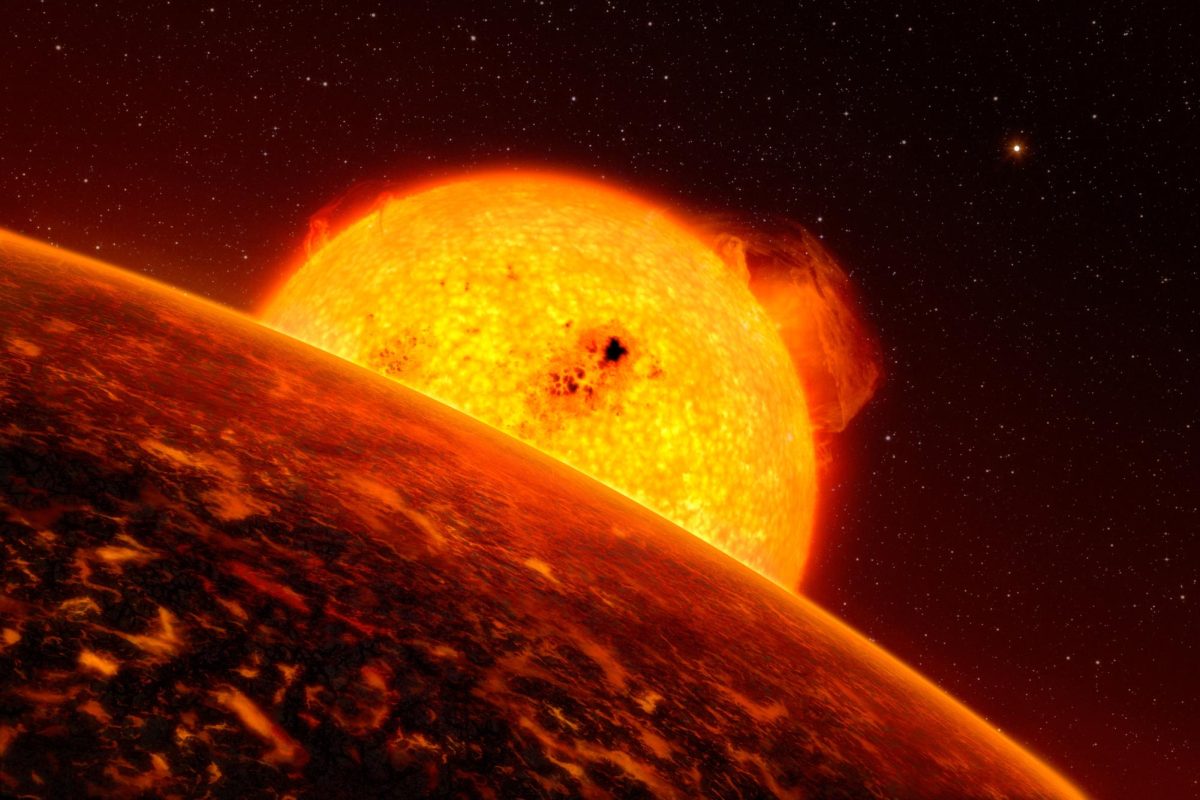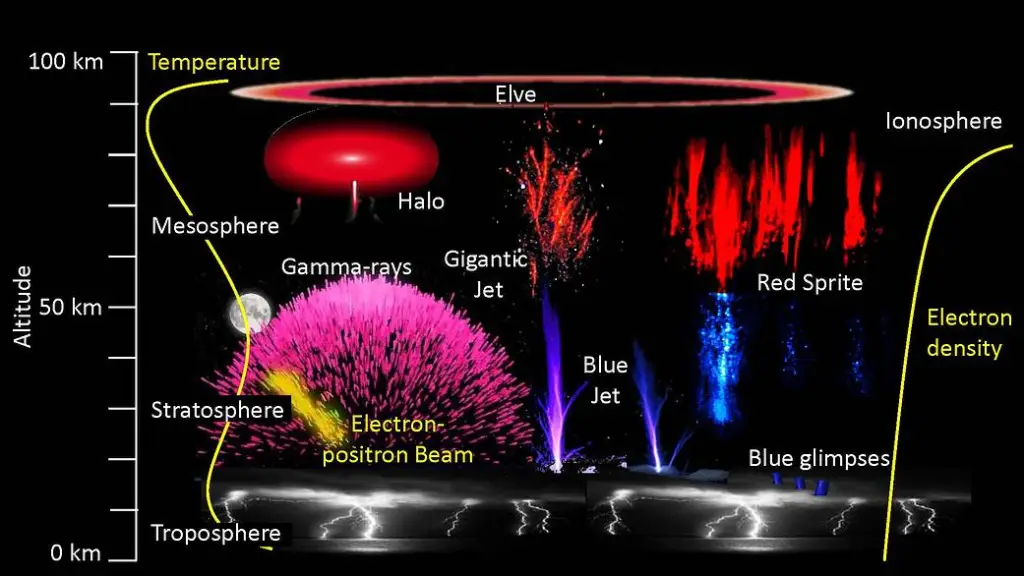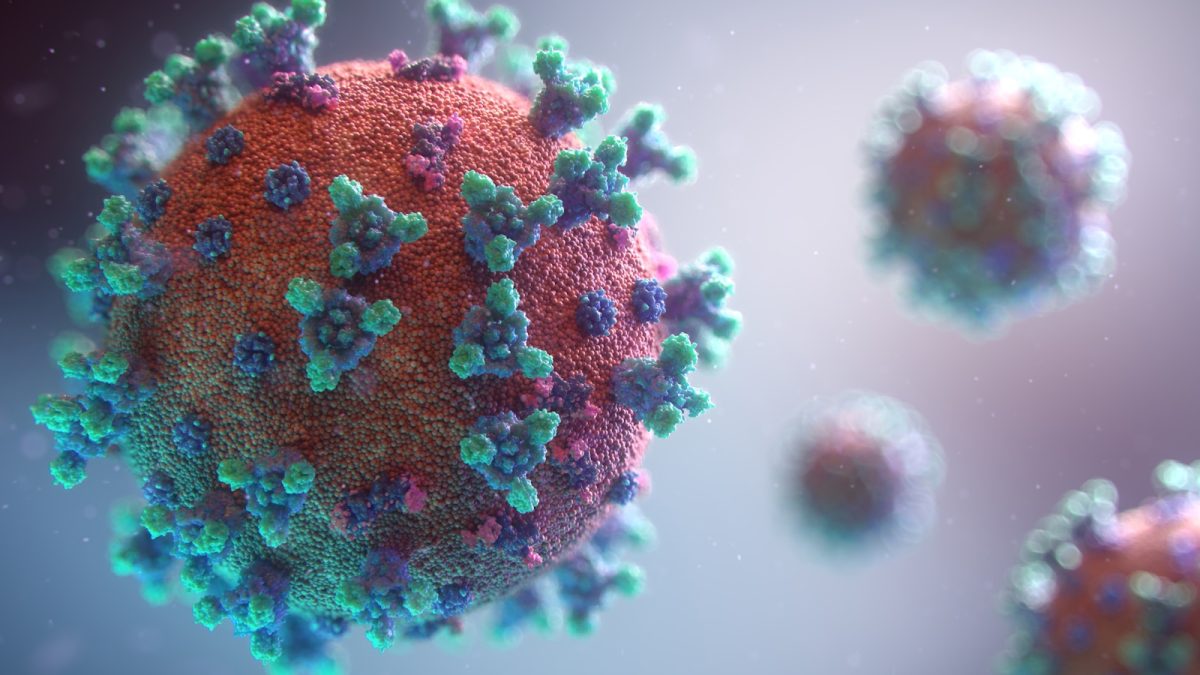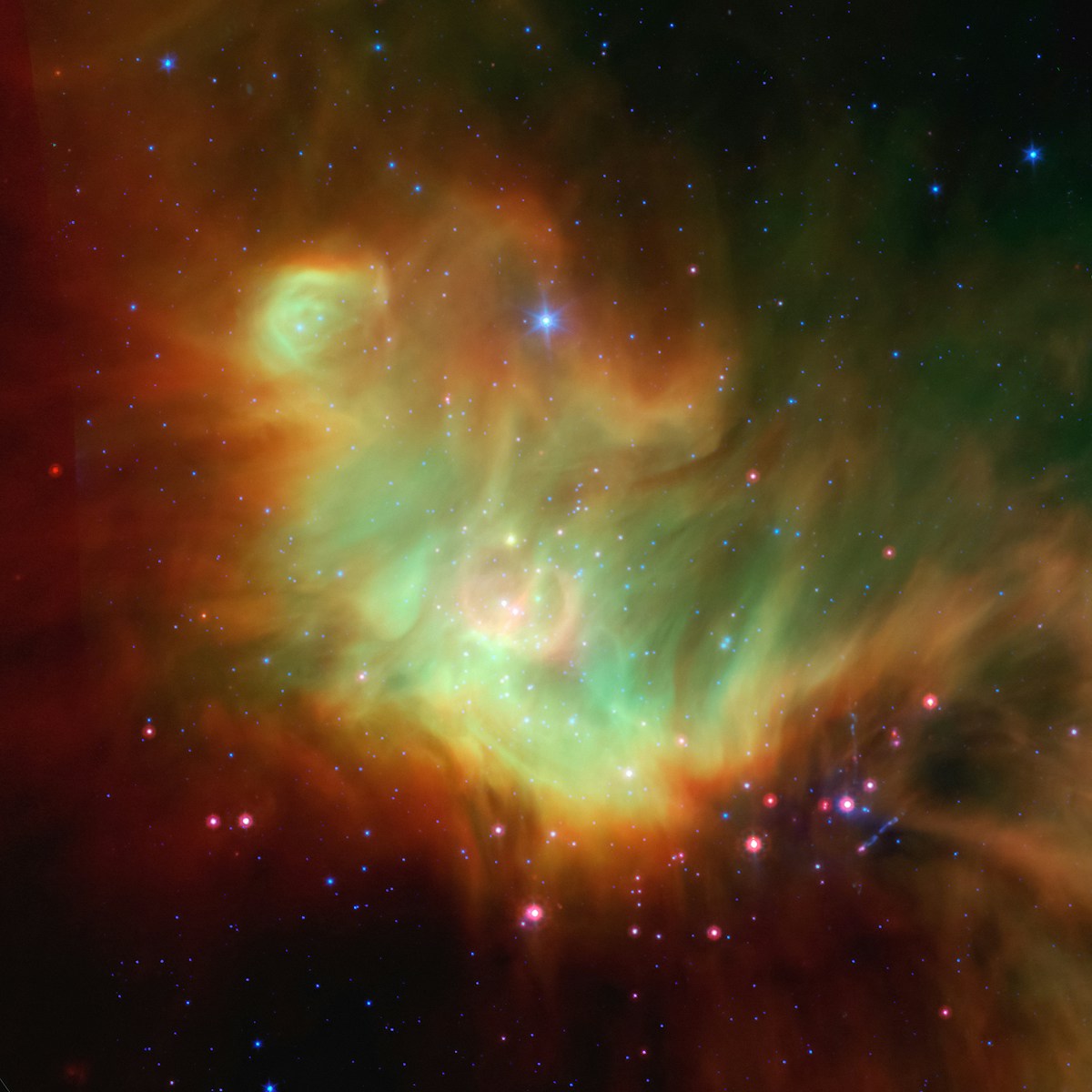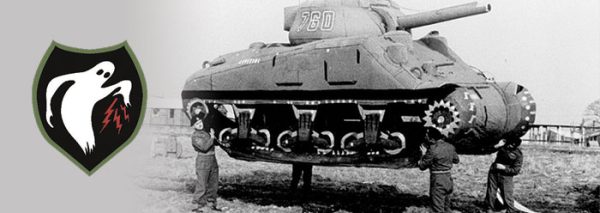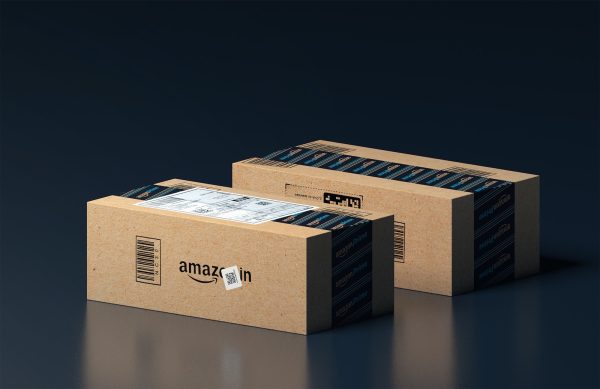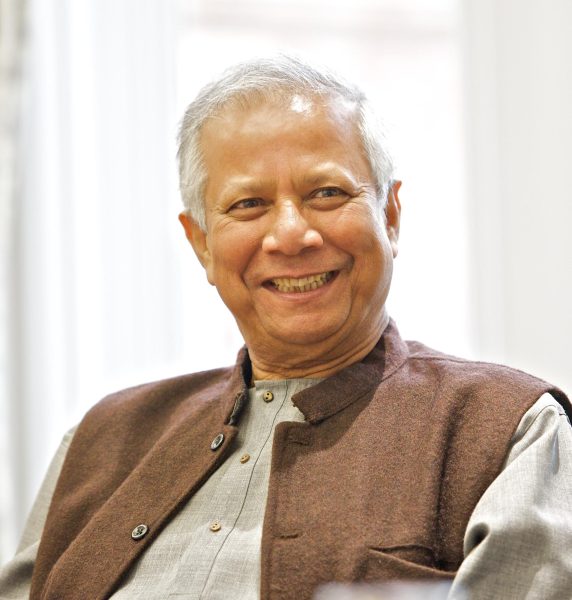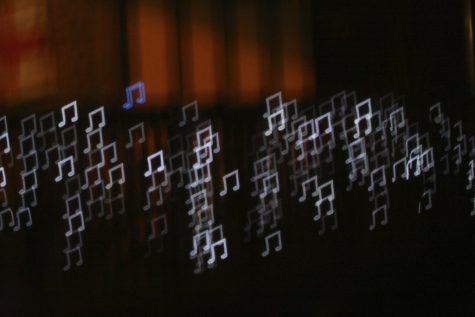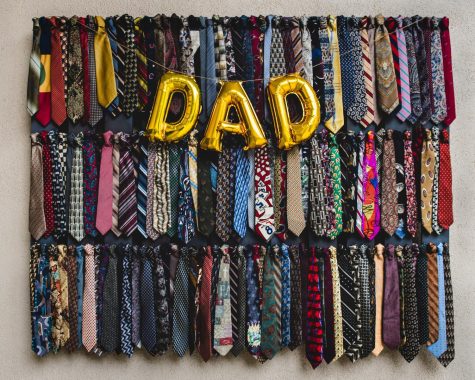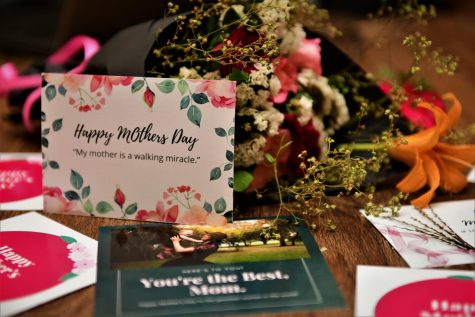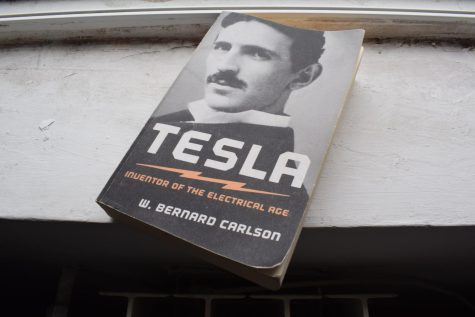Women In STEM: Part 3: Engineering
One of four women who changed our perception of the world…but never got credit for it
Engineering:
Sally Ride was born on May 26, 1951, in Encino, California (near Los Angeles), the older daughter of Carol Joyce and Dale Burdell Ride. She had one sibling, nicknamed “Bear” (her real name was Karen). Ride began playing tennis when her family took a trip to Europe in 1960, and she was hooked. Ride was coached by a former number one tennis player named Alice Marble. When she was twelve, she made it to the top twenty youth tennis players in Southern California. For a while, she dreamed of becoming a professional player, even dropping out of Swarthmore College her sophomore year to pursue a career in tennis.
3 months and several sore parts later, Ride decided that college would be a better option for her, so she applied to Stanford University in California. She earned a Bachelor of Science in physics and a Bachelor of Arts in English literature in 1973, but she stayed at Stanford and continued to study physics, receiving her Master of Science and doctorate degrees in physics in 1975 and 1978, respectively.
In 1977, Sally Ride noticed an article in her local newspaper that spoke about how NASA (the National Aeronautics and Space Administration) wanted to recruit women to train as astronauts. She mailed in a request and received application forms, which she promptly filled out and sent back in. Ride became one of 208 finalists out of the 8,079 people who had applied.
She had to go through a number of tests, including a physical one (the doctors were impressed by her level of fitness and background in tennis) and several mental ones (being trapped in a small room to test if she had claustrophobia; having to write an essay on why she wanted to become an astronaut; etc.), but finally, Ride was selected as a part of NASA Astronaut Group 8. There were 35 astronauts in the group, six of whom were women. Officially, they were all astronaut candidates, not becoming full astronauts until they completed their training. Ride’s athleticism, a remnant from her tennis days, became an important asset during the physical aspects of their training, which accompanied the technical and scientific instruction.
On July 26, 1982, Sally Ride married Steven Hawley, a fellow member of Astronaut Group 8. It was a deliberately private ceremony, taking place in Ride’s backyard with only parents and siblings present. They became the third astronaut couple, following Rhea Seddon and Hoot Gibson in 1982 and Anna and Bill Fisher in 1980. Ride did not take Hawley’s name.
Ride was the first woman to serve as a ground-based CapCom, or capsule communicator. She did this during the 2nd and 3rd Space Shuttle flights, and worked with others to develop the Shuttle Remote Manipulator System, also known as the RMS or “Canadarm”.
George Abbey (Director of Flight Operations) and John Young (Chief of the Astronaut Office) were beginning to schedule the seventh Space Shuttle mission. They chose Robert Crippen to command it, but they also wanted a woman to go on the mission. Since the RMS was going to play a role, someone who had specialized in it needed to go, which narrowed down the options to Sally Ride, Judy Resnik, and Anna Fisher. NASA Headquarters officially announced Ride as their selection in April 1982.
As the first American woman to go into space and the youngest American astronaut to go into space at that time, Ride was subject to many interviews with the press. In them, she was asked questions such as, “Do you weep when things go wrong on the job?” and “What kind of makeup are you planning to bring with you?”. Ride laughed it off, insisting that she only saw herself one way: as an astronaut. NASA was also adjusting to the idea of a woman going into space, and infamously asked its engineers to develop a “space makeup kit”, assuming that it was something that a female astronaut would want on board.
On June 18, 1983, the Space Shuttle Challenger STS-7 lifted off from the Kennedy Space Center, making Sally Ride the official first American woman to go into space. The mission was to deploy two communication satellites, Palapa B1 and Anik C2 for Indonesia and Telesat of Canada, respectively. The shuttle also carried the first Shuttle pallet satellite, which held experiments to study the formation of metal alloys in microgravity. Part of Ride’s job was to use the RMS to deploy and retrieve SPAS-1. And a third purpose of the mission was to study the effects of Space Adaptation Syndrome, a brief bout of sickness often suffered by astronauts at the beginning of their space flight. Interestingly, Ride did not experience the syndrome and required no medication.
After the flight, Ride only went on one more space trip, the shuttle STS-41-G in 1984. That mission was to deploy the Earth Radiation Budget Satellite, observe the Earth, conduct experiments within the cabin itself, and activate eight Getaway Special canisters, which contained experiments as well.
Ride was assigned to the crew of the STS-61-I for her third mission, but that space shuttle never took off after the Challenger disaster in 1986. Challenger was a shuttle that was intended to send the first schoolteacher (Christa McAuliffe) into space (along with others) to study Halley’s Comet, but it exploded 73 seconds after takeoff, due to failure in two of the O-ring seals. These were located in a joint in the shuttle’s right SRB (Solid Rocket Booster). The rubber O-rings had been stiffened by the record-low temperatures, and their ability to seal the joints was completely lost shortly after takeoff. The SRB contained hot, high-pressured gas, which was able to escape with the faulty O-rings and eventually burn right through the external propellant tank.
In May of 1987, Ride decided to leave NASA, and divorced Hawley in June of that year. But her passion for science and space continued on. She joined the Stanford University Center for International Security and Arms Control, and later became a physics professor at the University of California in San Diego.
From the mid-1990s until her death in 2012, Ride spearheaded two public outreach programs for NASA: the MoonKAM and EarthKAM projects. She became the president of Space.com, a space news website that collected news about science and space, from 1999 to 2000, and president/CEO of a company she co-founded with her new partner (Tam O’Shaughnessy), called Sally Ride Science, in 2001. Ride also became the only person to serve on both the panel that investigated the Challenger disaster in 1986 and the panel that investigated the Columbia disaster in 2003.
Sally Ride died on July 23, 2012, when she was 61 years old. The previous year, she had registered her domestic partnership with Tam O’Shaughnessy after an affair of 27 years, making her not only the first American woman to fly into space, but the first LGBTQ+ astronaut. Ride was posthumously awarded the Presidential Medal of Freedom by Barack Obama on November 20, 2013. The award, which is the highest honor for a civilian in the United States, was accepted by O’Shaughnessy.
RELATED STORIES:
Halligan, Katherine. HerStory: 50 Women and Girls Who Shook Up the World. Great Britain, Nosy Crow Ltd., 2018.
https://www.nasa.gov/audience/forstudents/k-4/stories/nasa-knows/who-was-sally-ride-k4.html
https://www.womenshistory.org/education-resources/biographies/sally-ride
https://www.britannica.com/biography/Sally-Ride
https://www.space.com/16756-sally-ride-biography.html
TAKE ACTION:





